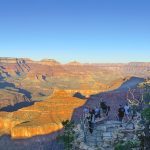
A breach of trust and more; Community members gather, march for uranium remembrance, action
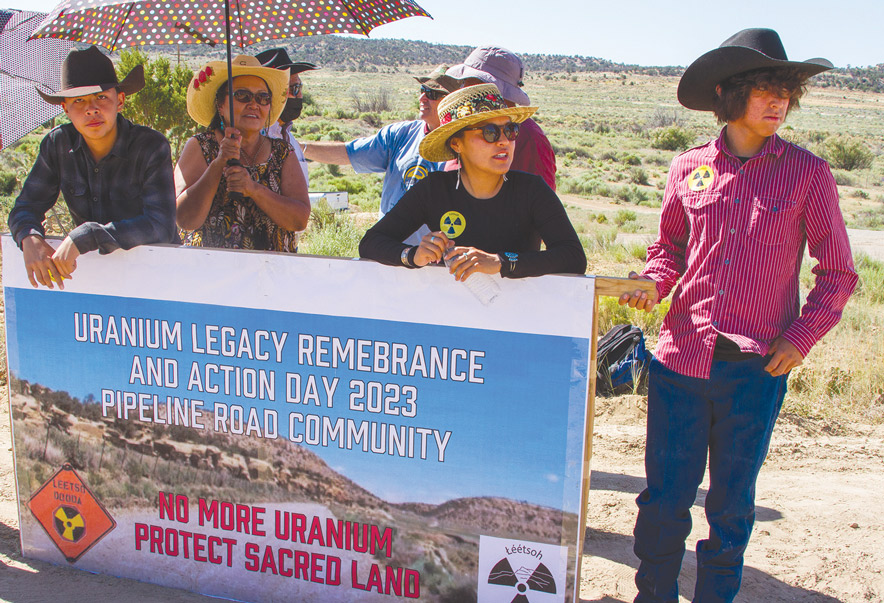
Navajo Times | Rick Abasta
The Murphy Family has struggled with the legacy of the 1979 uranium spill in their community at Pipeline Road. They marched at the front of the group carrying their sign which proclaimed, “No more uranium.”
By Rick Abasta
Navajo Times
CHURCH ROCK
Redwater Pond Road and Pipeline Road community members gathered and marched July 15 to remember the 44th anniversary of the containment breach that occurred July 16, 1979, at the United Nuclear Corporation tailings disposal pond.
On that date, an earthen dam operated by United Nuclear Corporation breached and released 1,100 tons of radioactive uranium tailings and 94 million gallons of toxic wastewater into the Rio Puerco, contaminating up to 80 miles of waterway.
The radioactive waters affected the communities of Pinedale, Church Rock, Gallup, Tseyatoh, and Manuelito in New Mexico. In Arizona, Lupton, Houck, and New Lands communities were impacted.
‘Environmental legacy’
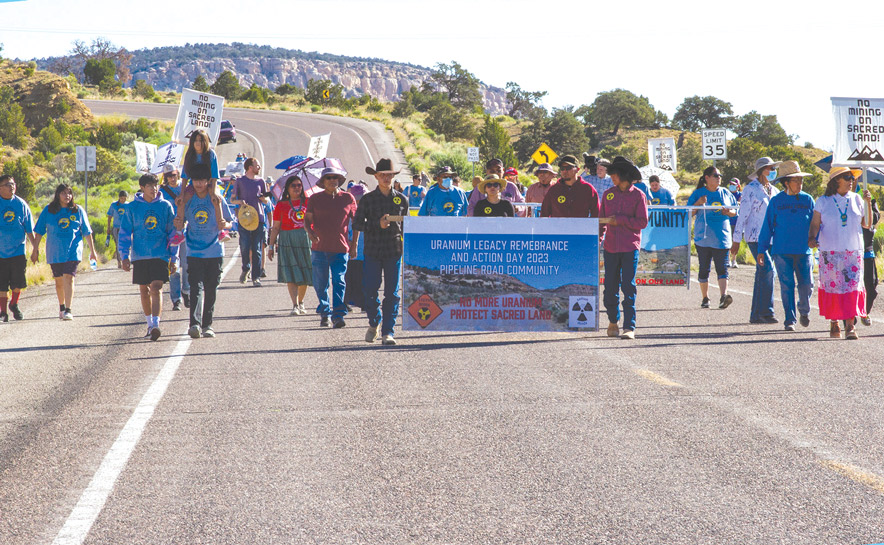
Navajo Times | Rick Abasta
Bilagáana and Navajos marched together July 15 to commemorate the uranium spill that adversely affected their tight-knit community. The community members stand in staunch opposition to any future uranium mining in the area.
The Northeast Church Rock Mine, a former uranium mine, is located 17 miles northeast of Gallup, near Church Rock Chapter. The UNC operated the facility, which conducted uranium mining from 1967 to 1982.
From 1977 to 1986, UNC operated the Church Rock uranium mill under a license issued by the State of New Mexico, according to the U.S. Nuclear Regulatory Commission.
The families living in this area have had to deal with the repercussions of uranium mining at the Church Rock I Mine, operated by Kerr-McGee and Quivira Mining, and the Northeast Church Rock Mine, operated by UNC and General Electric.
The families living in Redwater Pond Road and Pipeline Road communities had their family roots planted in the area dating back to the 1920s, including an 80-year history of grazing.
According to the Redwater Pond Community Association, these residents also have livestock documentation dating back to at least 1925.
The Diné Network for Environmental Health Project, or DiNEH, determined that residents of the area had significantly increased risks of hypertension, autoimmune disease, and one or more chronic diseases during the “environmental legacy” period.
Additionally, during the “active mining era,” families in the area faced significantly increased risks of kidney disease.
Read the full story in the July 20 edition of the Navajo Times.

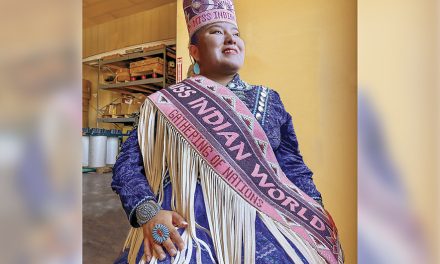
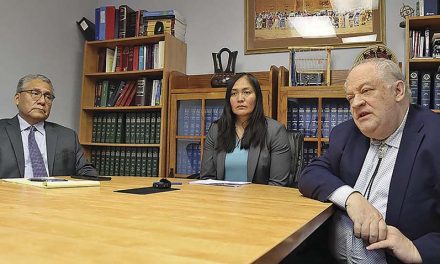

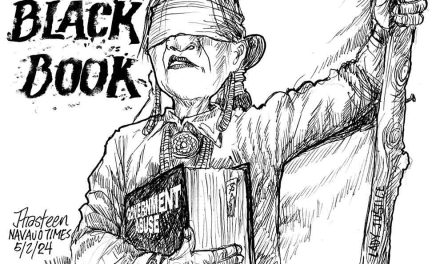



 Highway 264,
Highway 264, I-40, WB @ Winslow
I-40, WB @ Winslow